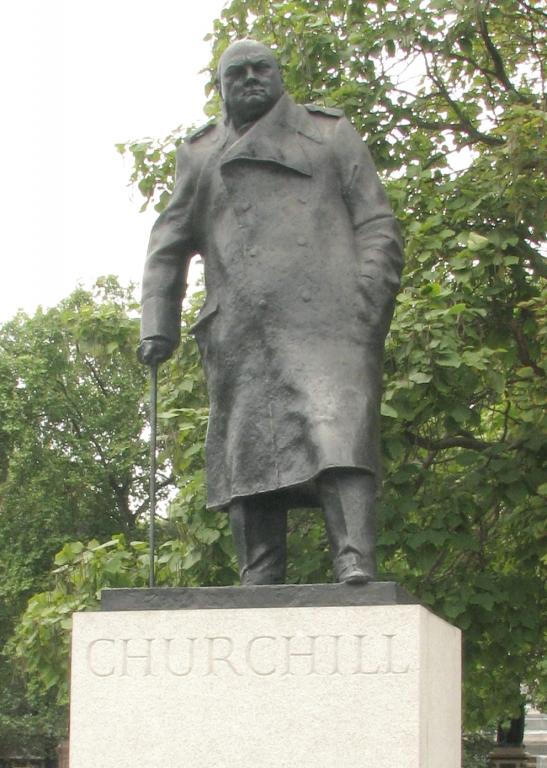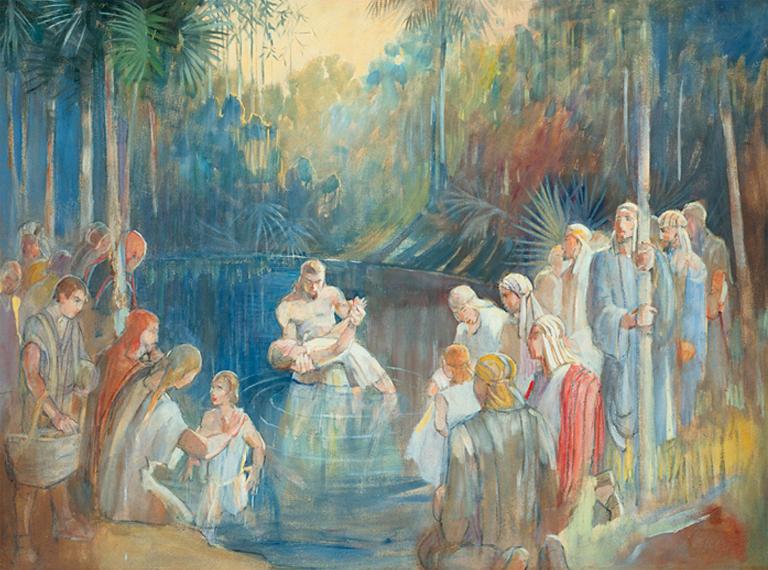
Wikimedia Commons public domain image
Sometimes, people who’ve adopted a patently absurd position will persist in it long past the time that it’s become an embarrassment. And, sometimes, that position is just too darned funny not to . . . well, not to have some fun with it.
Perhaps the strongest and most cogent argument adduced by the small group who continue to argue for the silly notion that Latter-day Saint art in general — not just temple architecture! — is “Stalinist” is grounded in the juxtaposition of two images: The first image is the statue of a standing Joseph Smith that is located in the lobby of Salt Lake City’s Joseph Smith Memorial Building, adjacent to Temple Square. The second image is a statue of a standing Joseph Stalin.
The implicit argument (to the extent that there is an argument) seems to be that portrait statues of standing men are uniquely or at least characteristically “Stalinist.” Or something like that.
Amazingly, though, an intensive worldwide search reveals that several other statues of standing men exist:
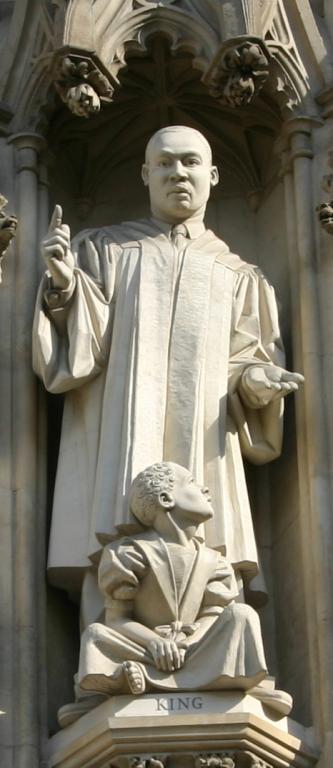
(Wikimedia Commons public domain image)
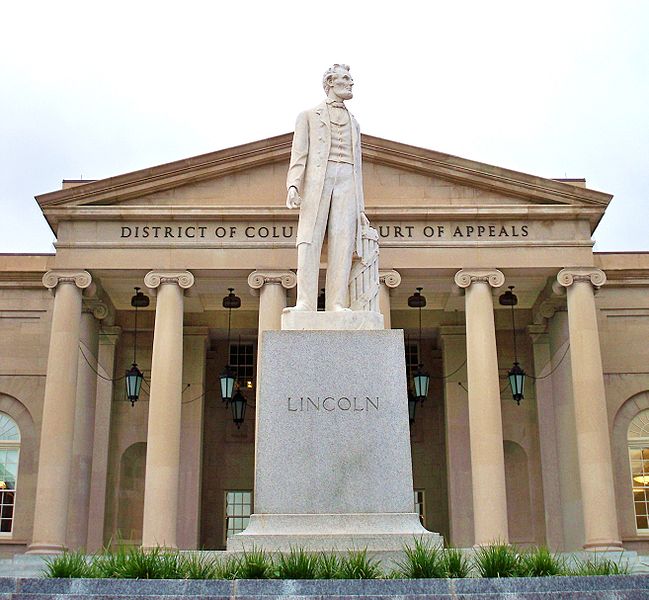
(Wikimedia Commons public domain image)
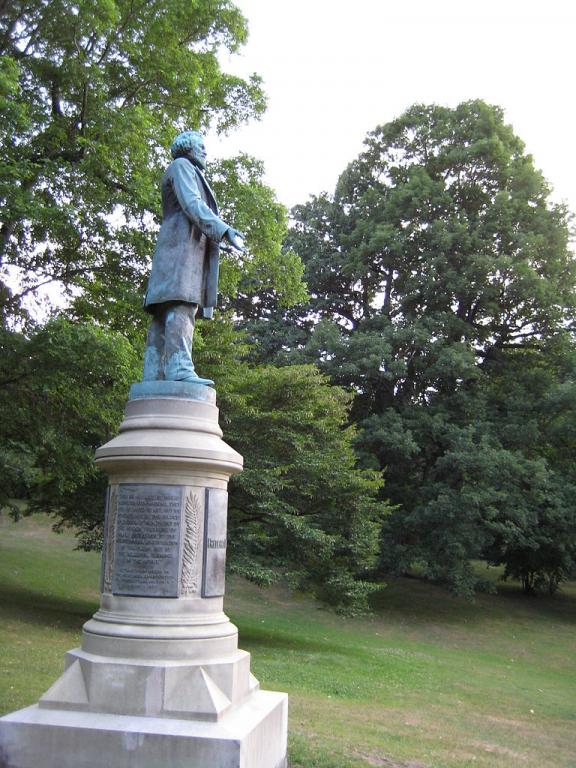
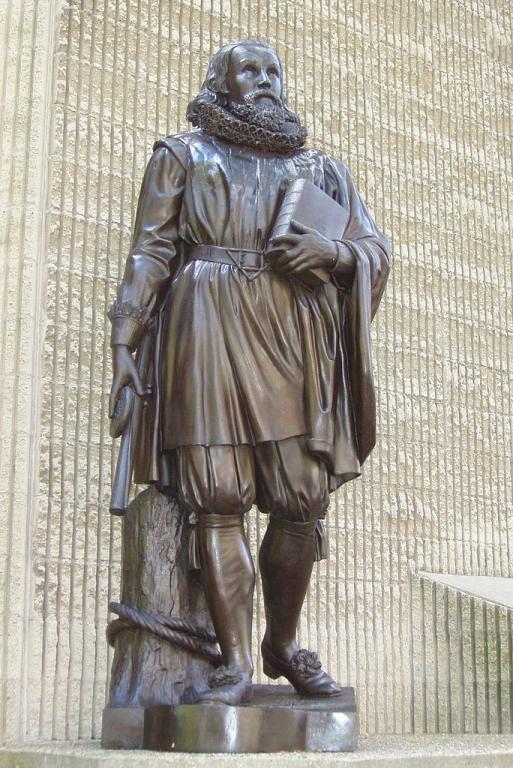
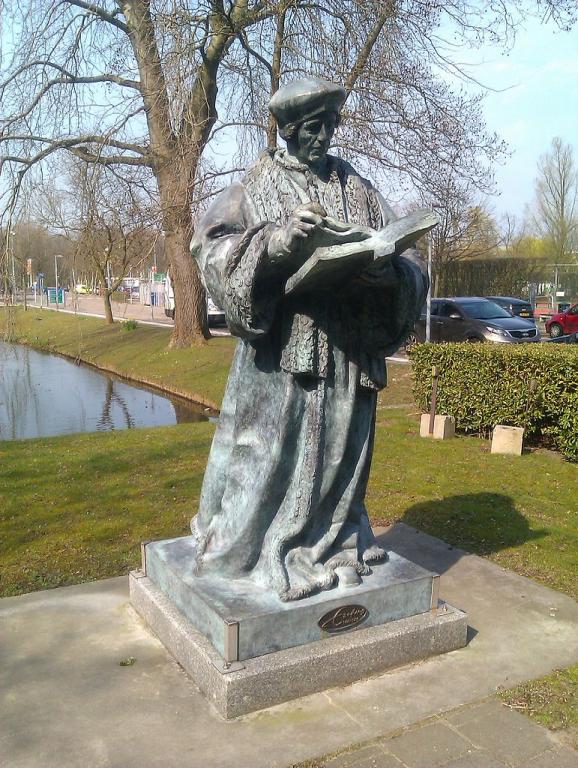
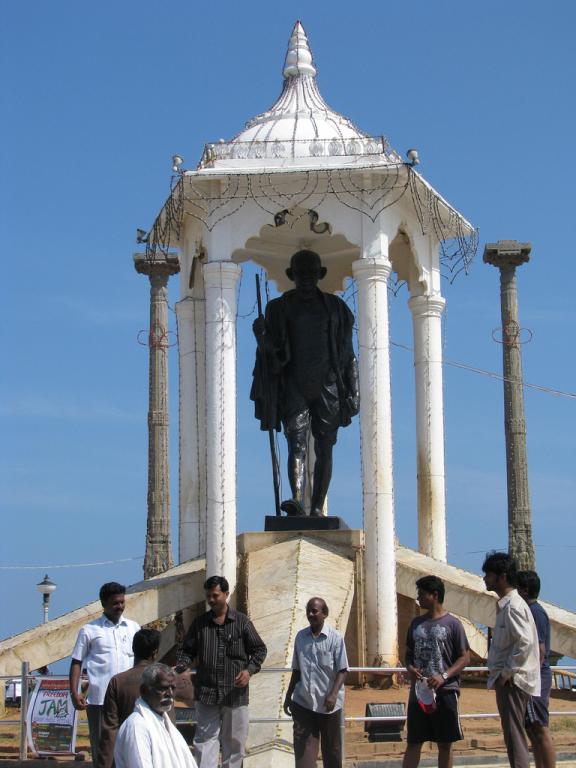
(Wikimedia Commons public domain image)
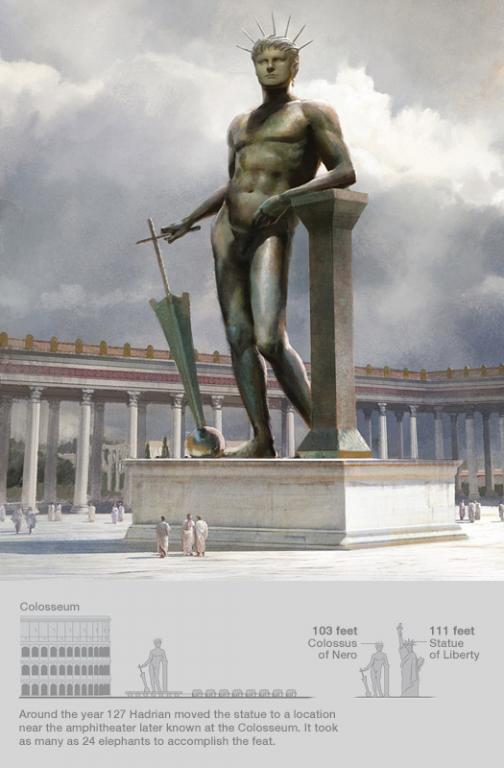
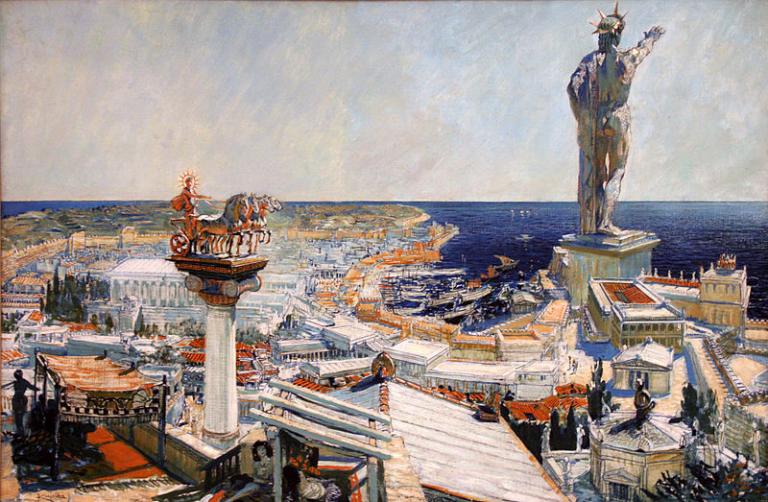
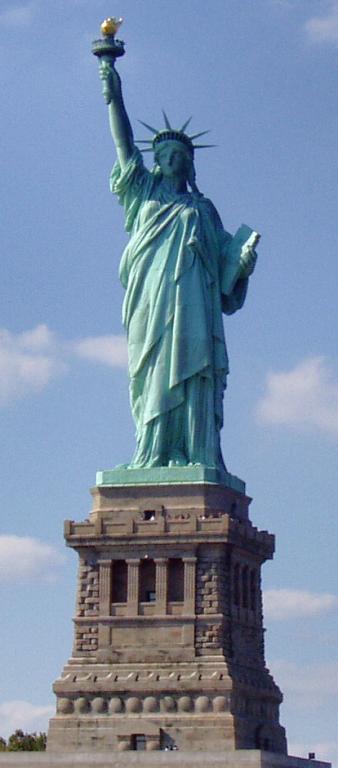
Truth and accuracy aren’t as highly prized in some circles as one might wish. Among those plumping for the proposition that Mormon art is “Stalinist” is one distinctly odd fellow who likes to publicly tell false stories of his supposed experiences with me, to manufacture bogus quotations that he then publicly attributes to me on the internet, and to make up and share discrediting (though fraudulent) facts about me. “The truth,” to borrow the idiom of 1 John 2:4, “is not in him.” Recently, for instance, he’s noted my supposed great enthusiasm for Jon McNaughton’s painting of “Donald Trump Crossing the Delaware” (or whatever it’s called).
Of course, I’ve never expressed any enthusiasm at all for Jon McNaughton’s painting — on which, see the link below:
“Angry Kitsch: On Jon McNaughton, the painter of populist rage.”
And even fairly casual occasional readers of this blog will have a pretty good idea of how much I admire Donald J. Trump. (They might, for example, recall that I resigned from the Republican Party on the night that Mr. Trump accepted its nomination.) So, although I’ve never published a single line about Jon McNaughton’s painting, it shouldn’t be terribly difficult to guess what my opinion of that painting might be.
On a worthier note, here’s a nice little article about the Latter-day Saint artist John Hafen’s (1856-1910) series of paintings illustrating a favorite Mormon hymn:
Posted from Seaside, Oregon


